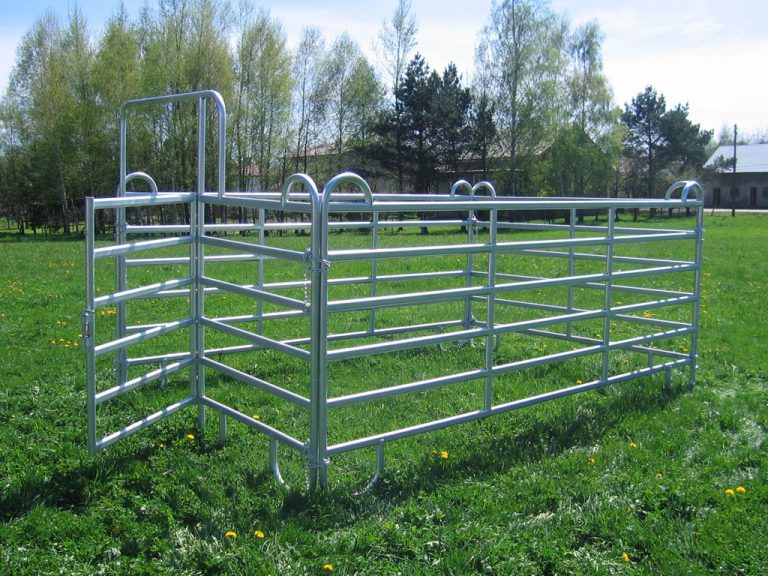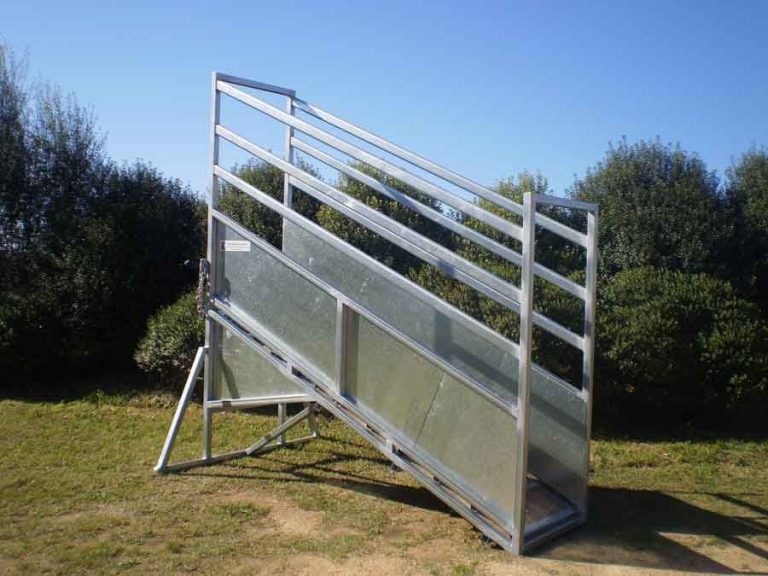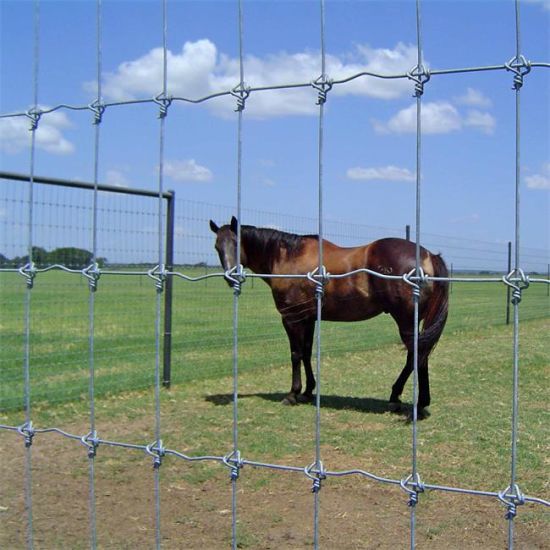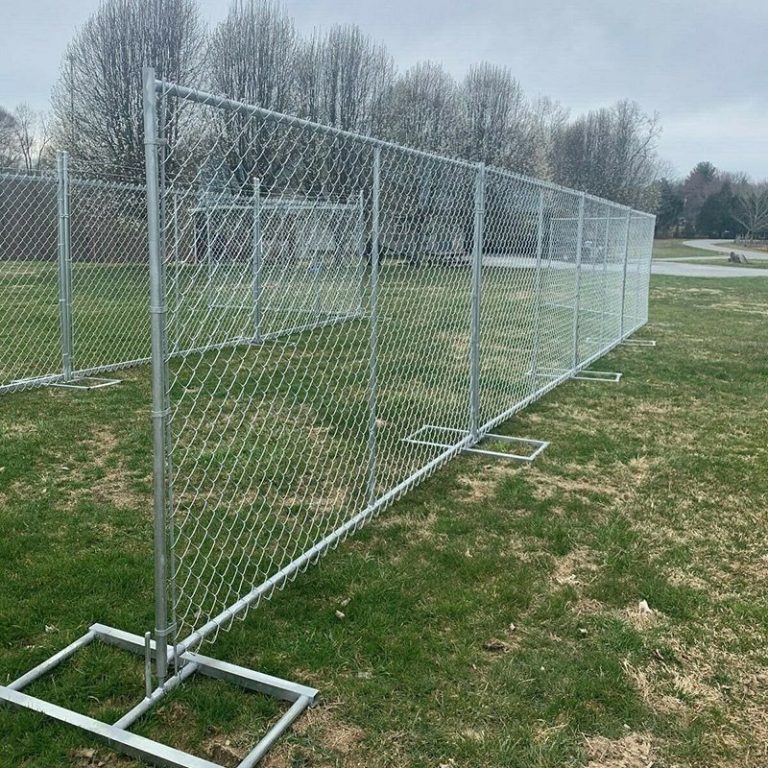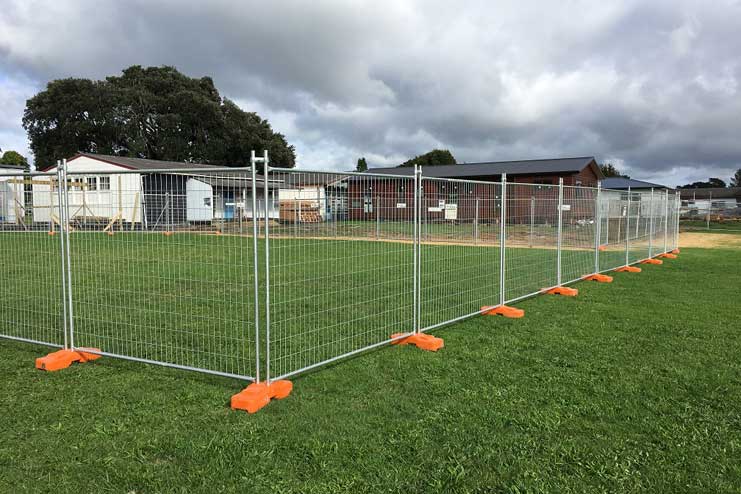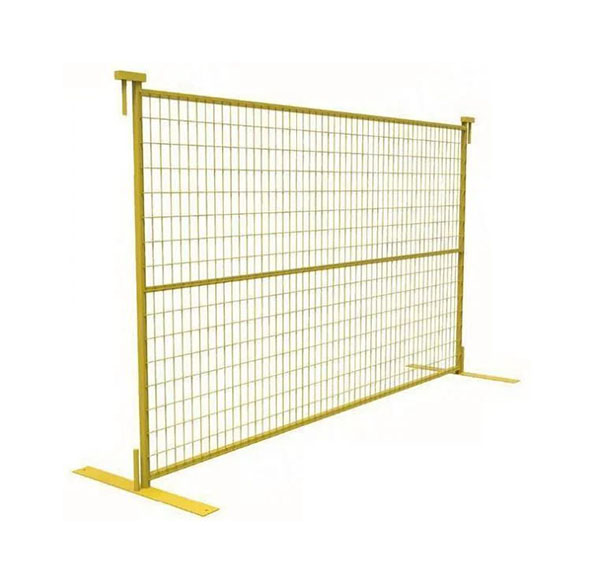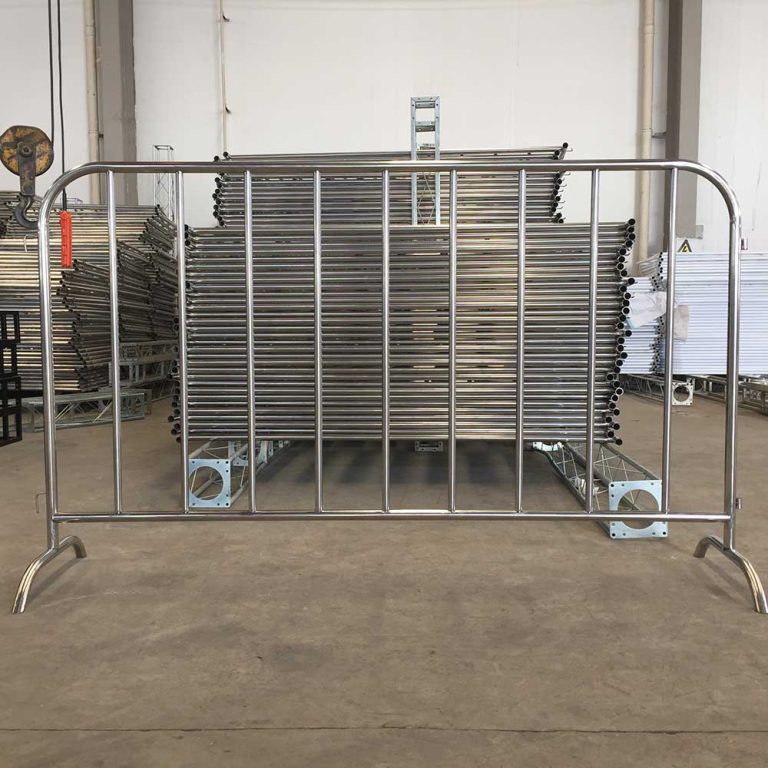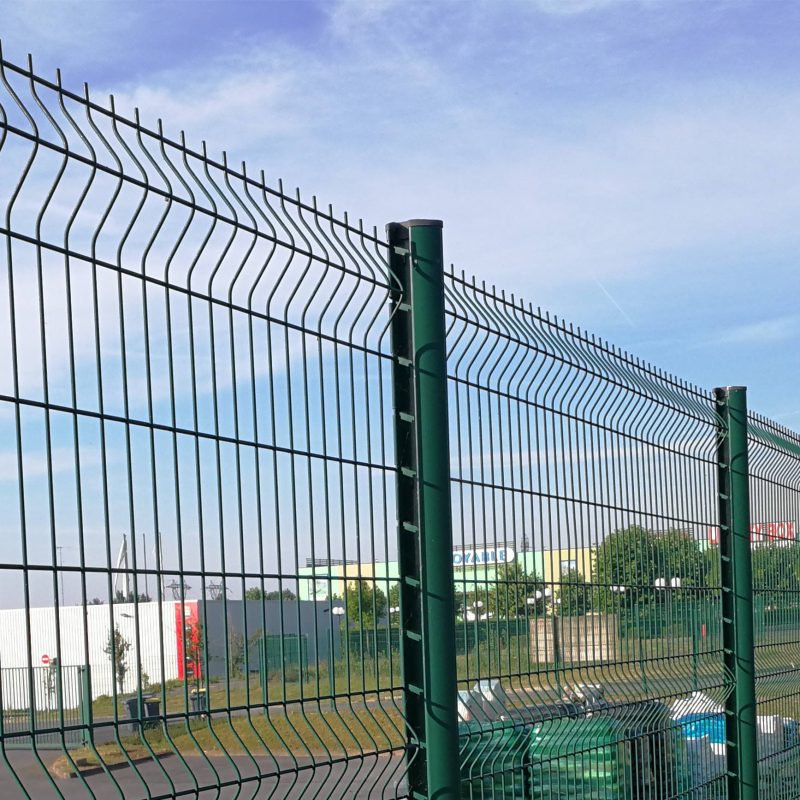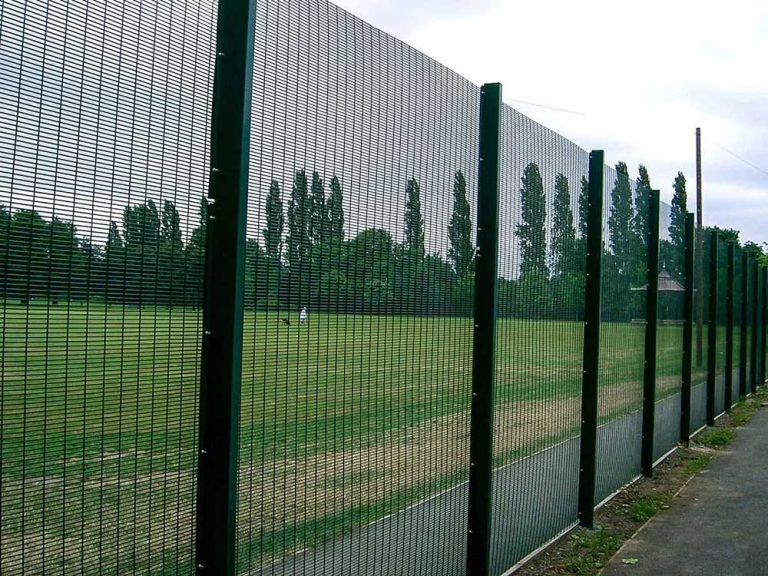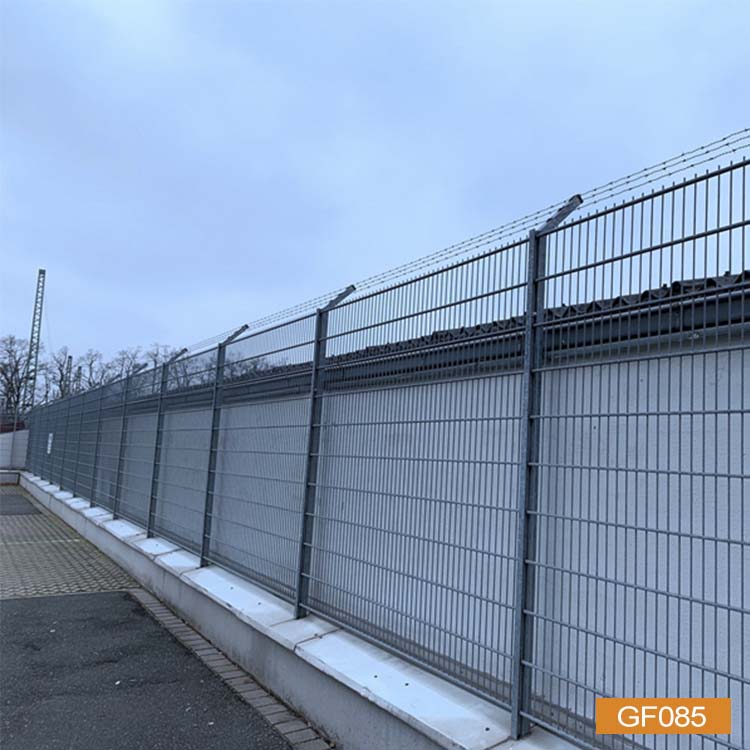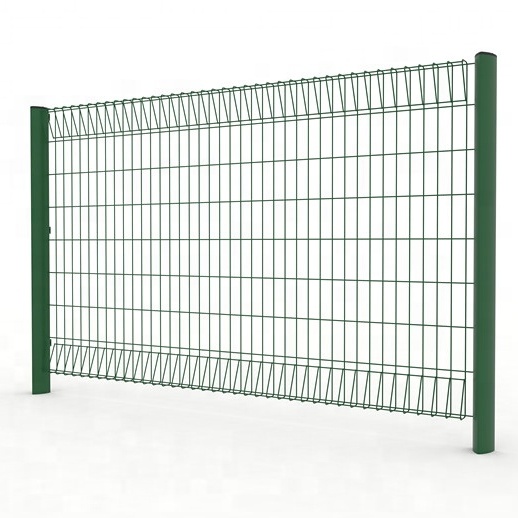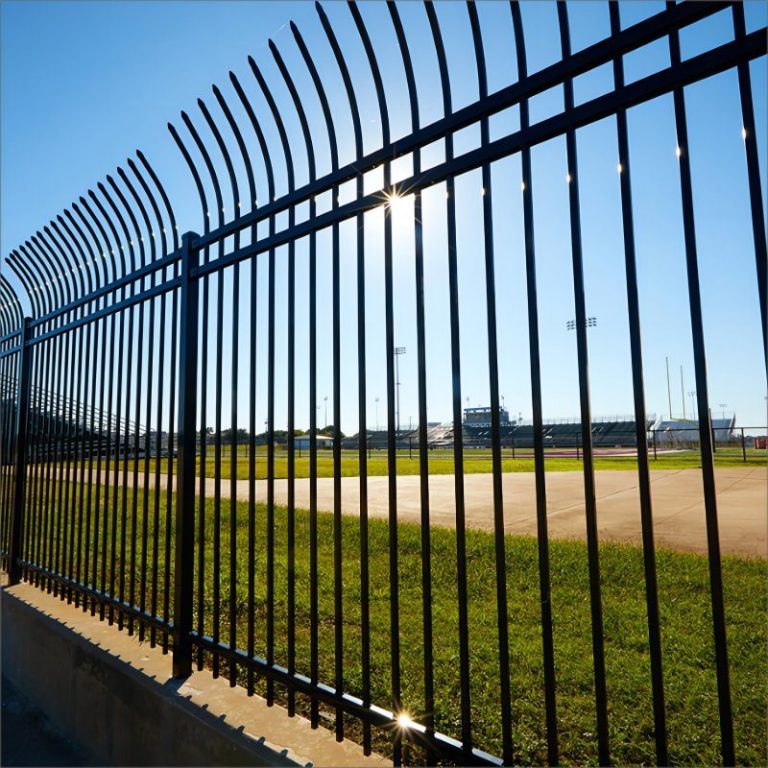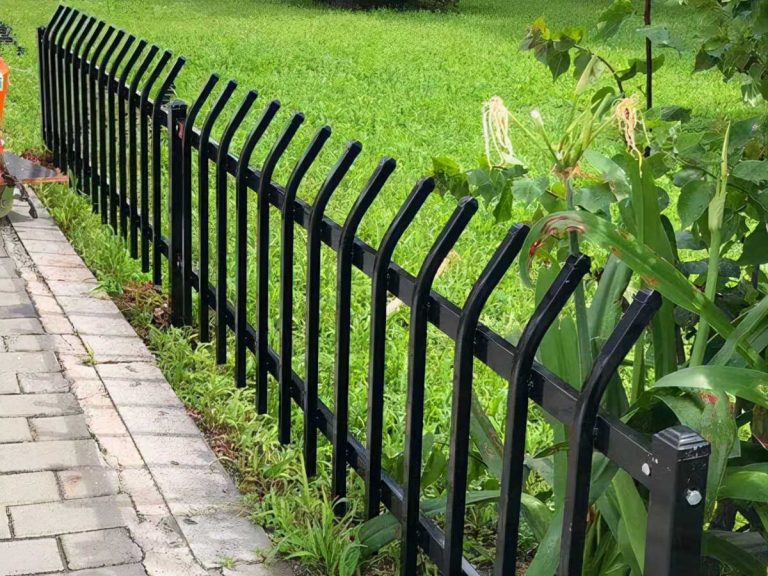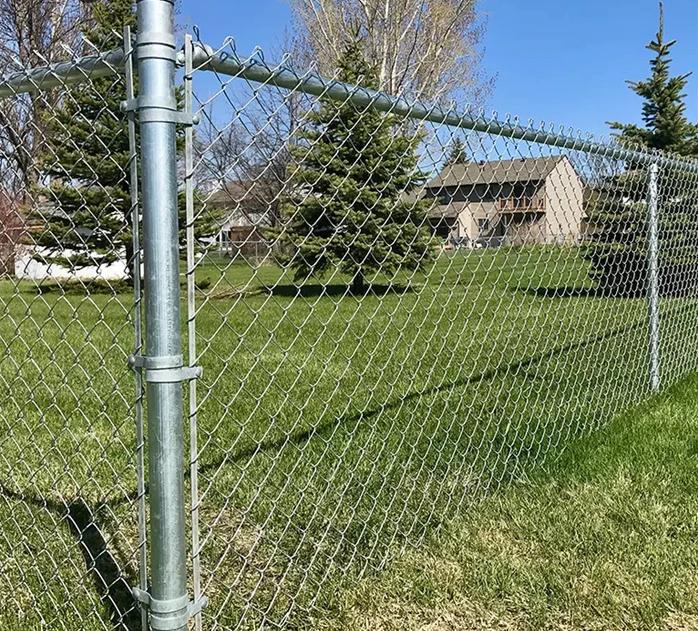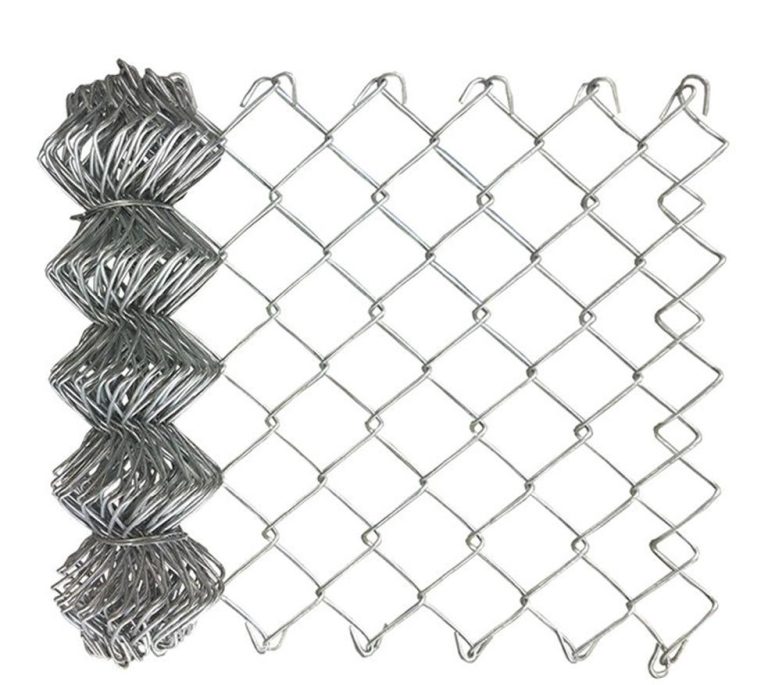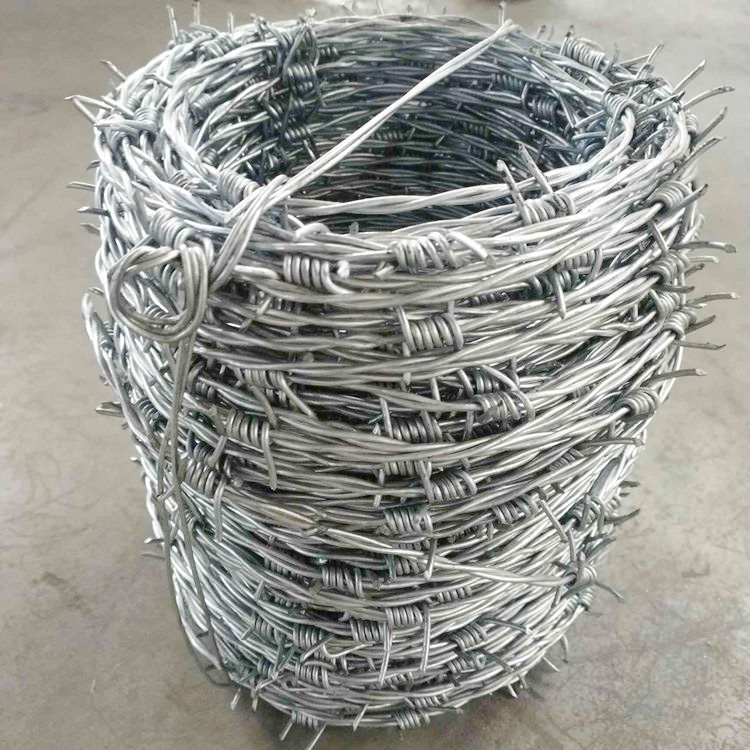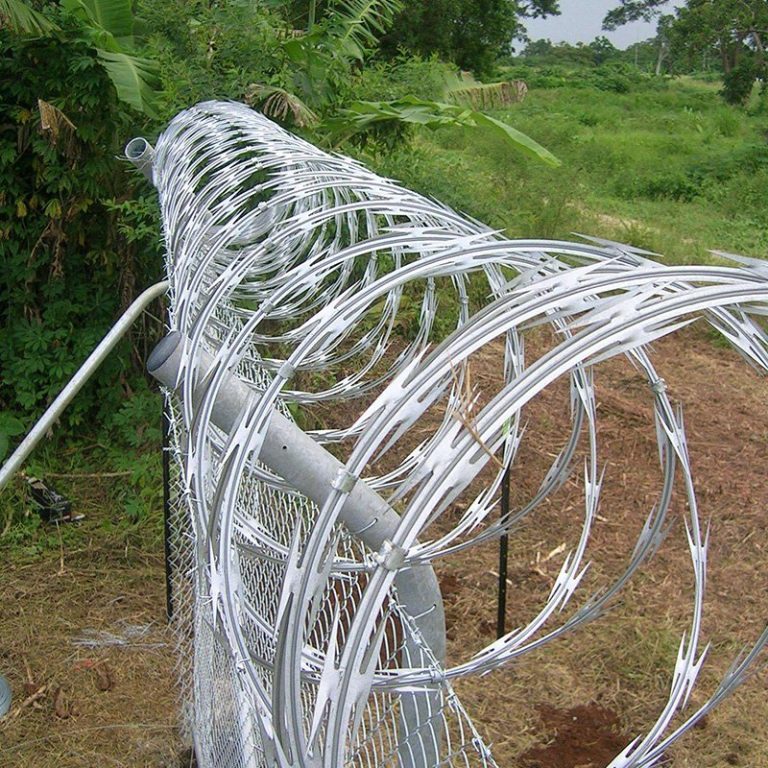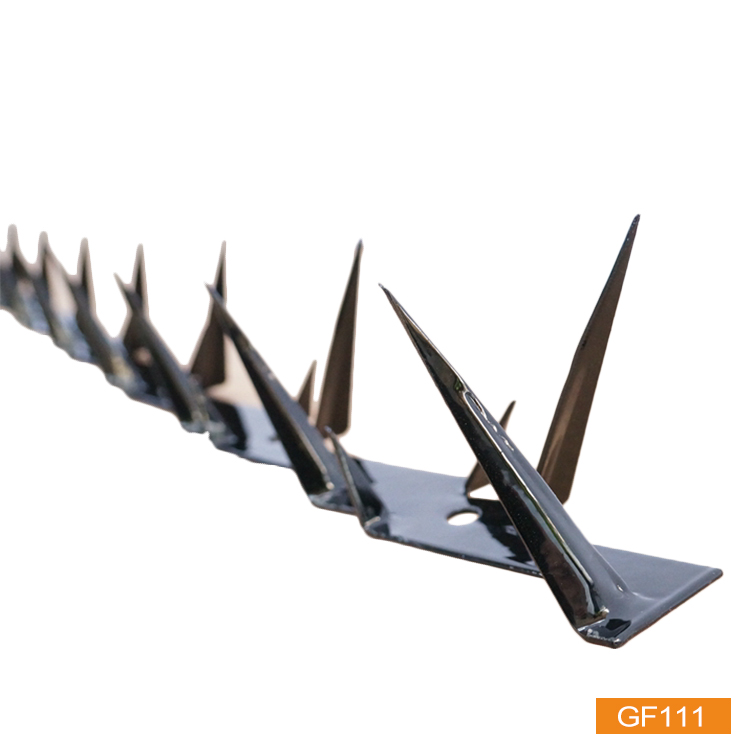When people think about fencing for residential areas, two things often come to mind first: safety and appearance. Old style balcony railings made of iron or aluminum are common, but they have their issues. Iron rusts. Aluminum is soft. Both usually come in one plain color. In the last decade, steel fencing with zinc coating has become more popular. It mixes strength, longer life, and a modern look. Because of that, it now shows up in many housing projects and even commercial sites. It gives both security and beauty.
It’s also worth pointing out JiaHui Wire Mesh. This company has earned a strong reputation in fencing. They have years of experience and provide tailored solutions for communities and businesses worldwide. They don’t just sell the product.
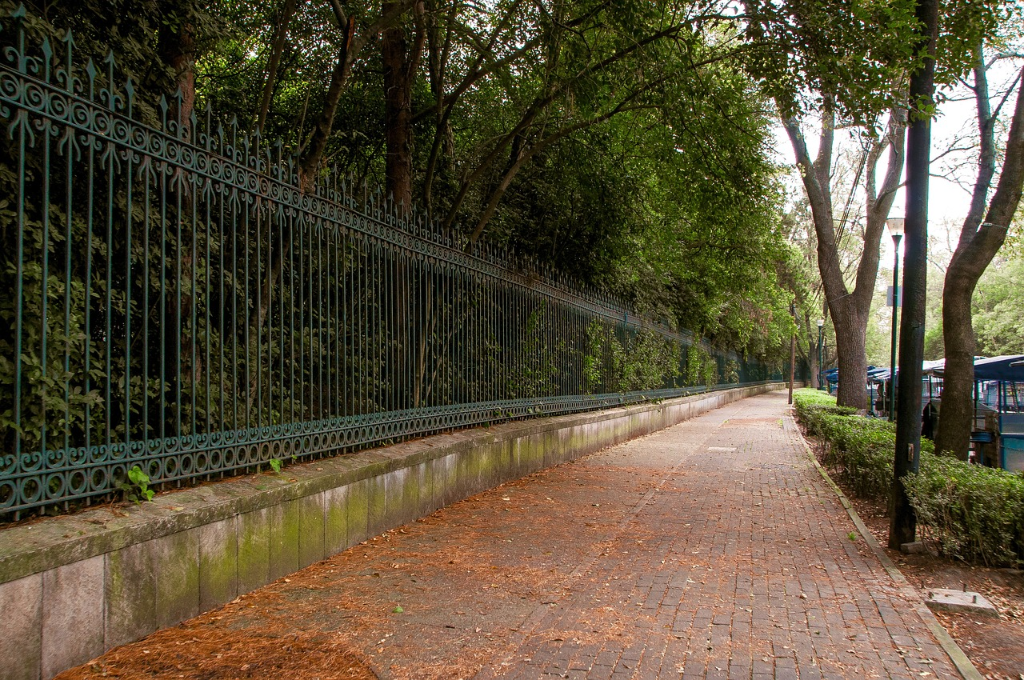
They guide you with consultation, design, and professional installation. That way the fence not only lasts but also fits the environment around it. On their about page, JiaHui says their goal is to balance modern safety needs with style. For anyone thinking about fencing, contacting them is a good step.
Why Do Residential Communities Need Steel Fences?
The main reason is security. In today’s gated communities and apartment complexes, families want safety without losing visual appeal. Traditional iron railings often need welding, and once they rust, the structure gets weak. Aluminum rails look fine but are too soft to resist real force.
Steel fencing, especially those made with galvanized Q195 or Q235, is much tougher. Panels are hot dip galvanized and then powder coated. This adds a shield that resists rust and bad weather. It matters most in coastal or humid places, where unprotected metals fail quickly.
What Makes Zinc Steel Different From Traditional Guardrails?
The big difference is in hardness and toughness. Zinc coated steel is stronger than iron and tougher than aluminum. Vertical pickets come in many sizes—15×15 mm, 19×19 mm, or even 25×25 mm. Thickness can be 0.8 mm to 2.0 mm. Horizontal rails are also adjustable: 30×30 mm, 40×40 mm, or 45×45 mm. This means fences can fit different areas, like balconies, gardens, or shared walkways.
Spacing of the vertical pipes usually ranges from 100 mm to 120 mm. That makes climbing difficult. Posts, often 50×50 mm to 100×100 mm, add solid support. These details matter because in a community fence, strength and long service life are both needed.
How Does a Steel Fence Improve Security?
Steel fences are often called ornamental or welded picket fences. Their strength comes from welded pickets fixed to galvanized and powder coated posts. The benefit is not only safety but also appearance. A well built steel fence looks professional, which helps residents feel secure.
What Features Make Steel Fences Secure?
Security has two sides: keeping intruders out and keeping residents safe. Many new designs use anti climb and anti cut features. Tops can be pressed flat, shaped like spears, or even custom designs. These give both a visual warning and a real barrier.
Some modern systems even allow upgrades. Steel fences can work with cameras or motion alarms. This creates layers of safety. Not all housing projects need these features right away, but having the option to add them later is useful.
Is a Steel Fence Cost Effective for Communities?
Cost is always important. At first, a steel fence might seem more expensive than iron or aluminum. But the truth is, price is not only about the start. Iron fences need painting. Aluminum ones bend or break. Many traditional rails must be replaced after only a few years.
Steel fences, on the other hand, need far less care. Hot dip galvanization plus powder coating means no constant repainting. A quick clean is enough. Over 10 to 15 years, the savings in upkeep make the higher upfront price worth it. That’s why many developers now see it as a long term investment.
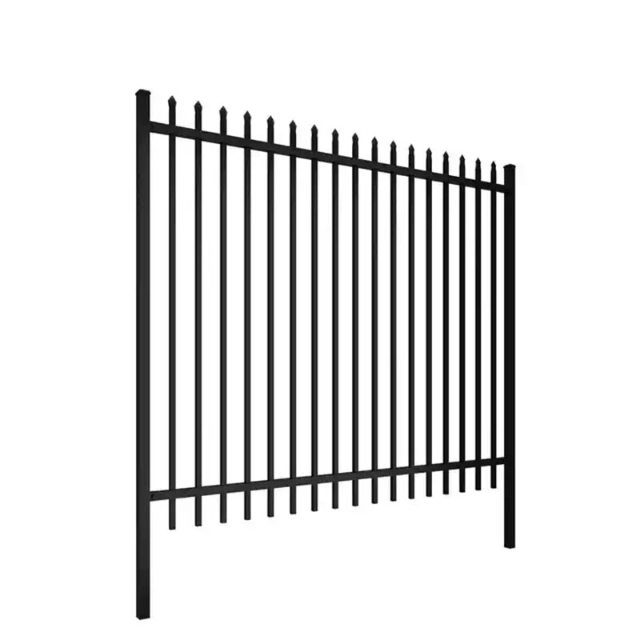
What About Aesthetic Value and Community Appeal?
A fence is also part of the community image. It can make the place look welcoming or not. Steel fences come in many colors and surface finishes. You can pick flat tops for a simple style or spear tops for a more traditional feel. This flexibility increases property value because people notice when details match the architecture.
In landscaped areas, a lawn steel fence works well. It controls space but still looks clean. Buyers can also pick height, width, and post caps, metal or UV-resistant plastic. These choices help the fence blend with the design of the community instead of looking like a barrier only.
What Do Buyers Look For in Steel Fence Specifications?
Most buyers focus on three things: panel size, post size, and coating. Panels usually measure between 1.5×1.8 m (5×6 ft) and 2.4×2.4 m (8×8 ft). That gives choices for balconies or perimeter fences. Posts like 60×60 mm or 80×80 mm give stability. This is vital for high rise balconies or windy areas.
Surface treatment is another big point. Hot dip galvanization and powder coating together create a double shield. Even if scratched, rust does not spread easily. Buyers in areas with tough weather often see this as a must have.
How Do Communities Decide on Fixing and Caps?
Fixing methods also matter. Rails are attached to posts with steel or aluminum brackets. Strong brackets prevent loosening with time. Post caps seal the posts. They can be metal or anti UV plastic. Caps keep water out, which extends service life. These small parts seem minor, but across hundreds of meters of fence, they make a big difference.
FAQ
Q1: How long can a steel fence last in a residential community?
A: With proper galvanization and powder coating, it can last 15–20 years with very little upkeep.
Q2: Is a steel fence safer than aluminum or iron railings?
A: Yes. Steel is harder and stronger, so it resists cutting, climbing, and weather damage.
Q3: Does a steel fence need repainting every year?
A: No. Powder coating protects the surface. Normal cleaning is enough to keep it looking good.
Q4: Can a steel fence be customized to match community design?
A: Yes. You can choose panel size, height, rail type, spacing, and top style to match the layout.
Q5: Is a steel fence good for landscaped gardens?
A: Yes. Lawn steel fences mark boundaries and also add harmony to green spaces.

